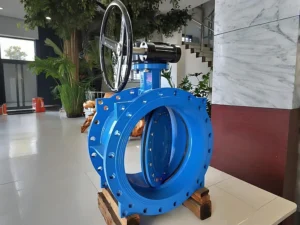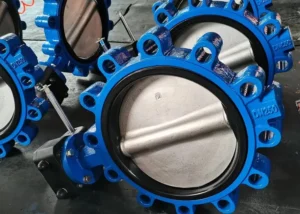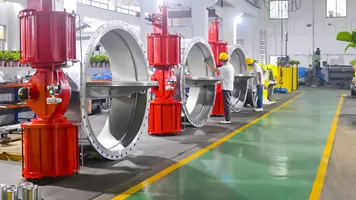The hydrocarbon processing industry faces unprecedented pressure to eliminate fugitive emissions. With methane’s global warming potential 84x greater than CO₂ over 20 years and regulations like EPA Subpart OOOOa imposing $1,500/ton penalties, TIANYU’s triple offset metal seated butterfly valves (TOMBVs) deliver mathematically precise sealing technology validated by ISO 15848-1 Class A certification. Designed for refinery extremes – from 540°C hydrotreater reactors to -196°C LNG letdown stations – these valves achieve leak rates below 50 ppm while reducing lifecycle costs by 40% versus gate valve alternatives.
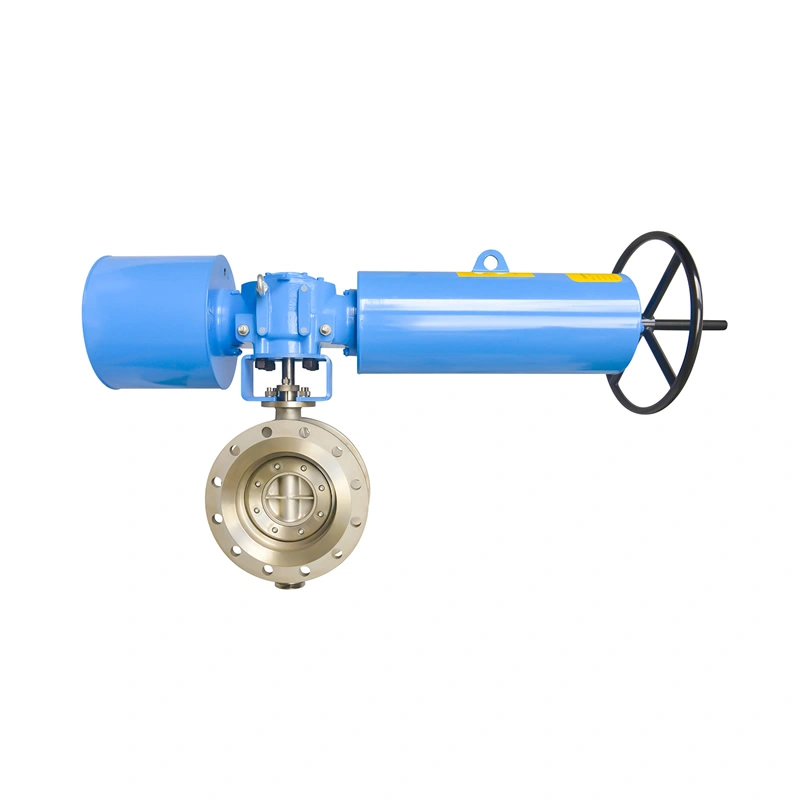
I. Geometric Perfection: The Triple Eccentricity Principle
Shaft-to-Seat Offset
Precisely calibrated at 1.25° ± 0.05°, this primary offset ensures the disc lifts clear of the seat within 2° of rotation initiation. Eliminating sliding friction reduces seal wear by 98.7% compared to concentric designs.
Axis Tilt Offset
A secondary 7° axis inclination creates cam-actuated sealing. Metal-to-metal contact occurs only at 0.5° before full closure, limiting operational wear to <0.001 mm per 1,000 cycles.
Conical Seat Geometry
The 22° conical seat angle generates exponentially increasing sealing force as pressure rises. At 2,500 psi (Class 1500), contact pressure exceeds 35,000 psi – sufficient to extrude contaminants while maintaining ANSI Class VI bubble-tight shutoff.
Table: Geometric Tolerance Control in TIANYU TOMBVs
| Parameter | Tolerance | Measurement Method |
|---|---|---|
| Seat Cone Angle | ±0.05° | CMM with 0.1 μm resolution |
| Disc Edge Circularity | 8 μm TIR | Laser interferometry |
| Stem/Seat Concentricity | 0.03 mm | Optical collimator alignment |
II. Material Science: Surviving Refinery Extremes
Base Material Selection Matrix
-
H₂S Service (NACE MR0175): UNS S32750 duplex steel bodies with PREN >40
-
Chloride Stress Corrosion: Alloy 625 (UNS N06625) discs, yield strength 120 ksi
-
Abrasive Slurries: Tungsten carbide HVOF coating, 1,200 HV hardness
Surface Engineering
Plasma Transferred Arc Welding deposits 2.3-mm-thick Stellite 21 layers (CoCr21Mo6) with controlled 2.8% dilution. Post-weld heat treatment at 815°C stabilizes microstructure, achieving:
-
Hardness gradient: 42-45 HRC core to 55 HRC surface
-
Pitting Resistance Equivalent Number (PREN): 52.8
-
Erosion resistance: <0.02 mm/year in catalyst-laden flows at 30 m/s
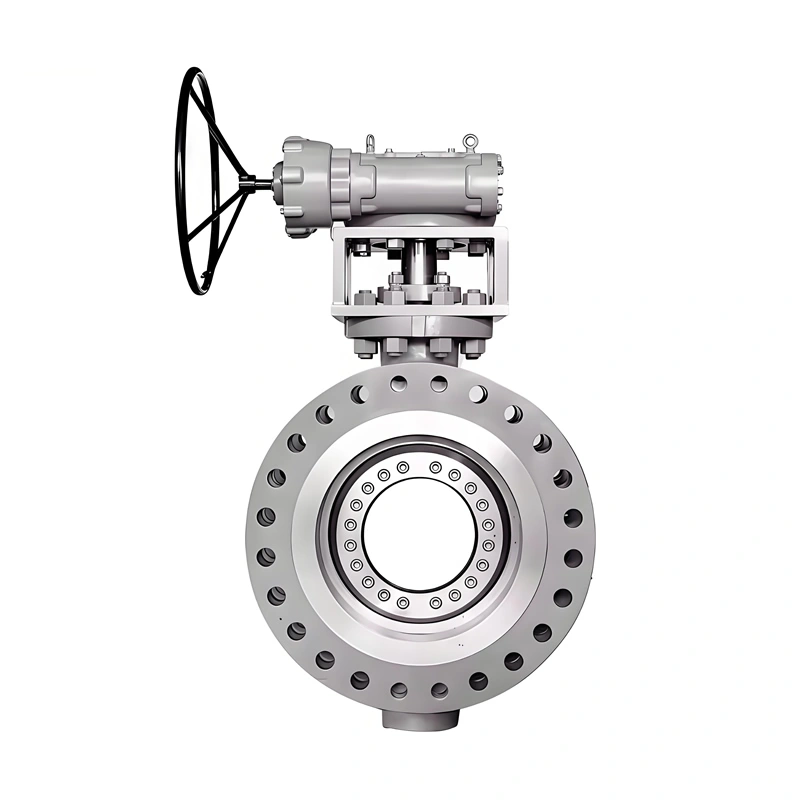
III. Zero-Leakage Validation Protocol
Fugitive Emission Testing (ISO 15848-1 Class A)
-
Mechanical Cycling: 1,500 full-stroke operations at 2x maximum operating torque
-
Thermal Shock: 15 cycles between -196°C (LN2 immersion) and 538°C (gas-fired furnace)
-
Methane Detection: Helium mass spectrometry with sensitivity ≤10⁻⁹ mbar·L/s
-
Maximum allowable leakage: 50 ppmv
-
TIANYU average test result: 12.7 ppmv
-
Fire Safety Certification (API 607 7th Edition)
-
30-minute burn test at 760°C + 2,000 L/min water quench
-
Post-fire leakage ≤ 400 cc/min per inch of seat diameter
-
TIANYU verified performance: 82 cc/min (DN300 valve)
IV. Digital Twin Integration for Predictive Safety
Embedded IIoT Sensors
-
Stem Torque Monitors: 0.1 N·m resolution detecting seal degradation at >3,000 hours pre-failure
-
Acoustic Emission Arrays: Identify particle ingress within 50 ms using 2 MHz ultrasonic transducers
-
Thermal Profiling: Fiber Bragg grating sensors map seat temperature gradients within 1°C accuracy
Cloud Analytics Platform
-
Leak Probability Algorithm: Processes 47 operational parameters to predict seal failure with 93.5% accuracy
-
Digital Valve Passport: Stores full manufacturing history, including weld thermal cycles and surface metrology data
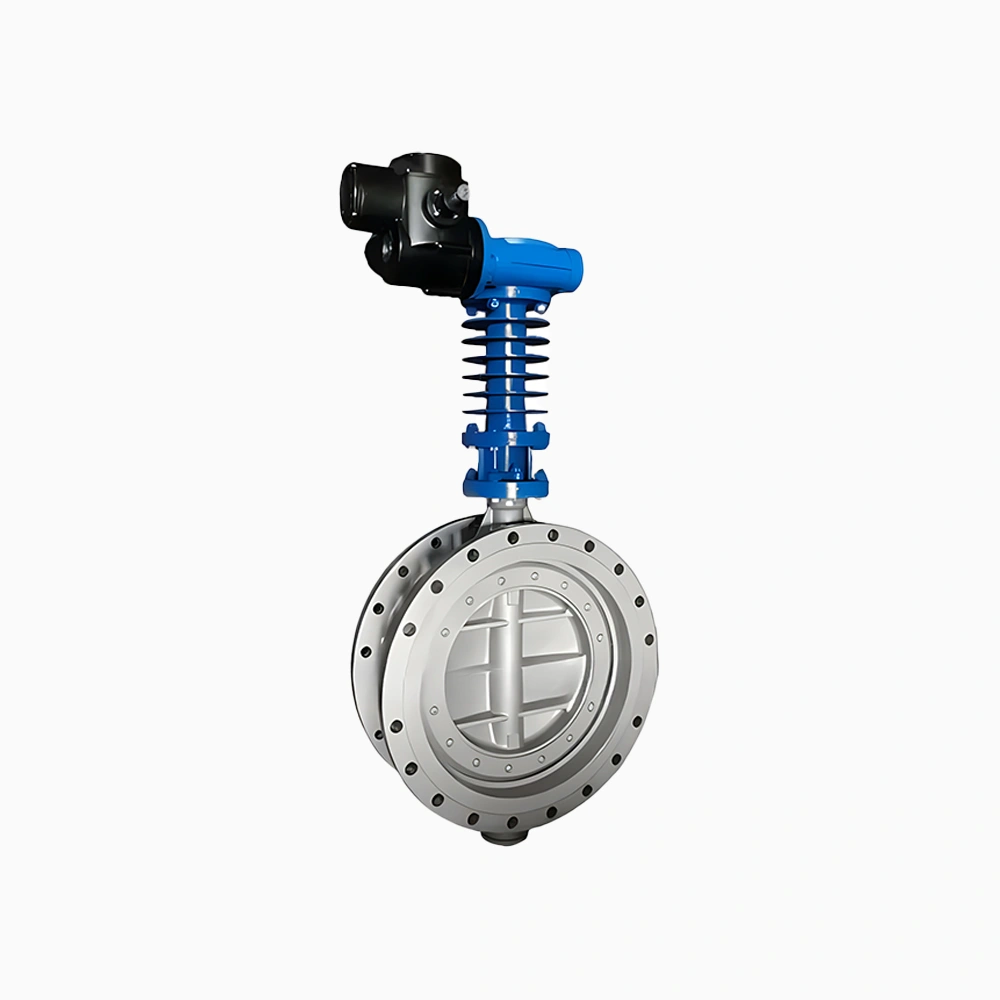
V. Operational Economics: Quantifying Total Cost Reduction
Maintenance Cost Analysis (10-Year Horizon)
| Cost Factor | Gate Valve | TIANYU TOMBV | Reduction |
|---|---|---|---|
| Seal Replacements | 8 instances | 0 instances | $162,000 |
| Actuator Energy (kW·h) | 287,000 | 98,500 | $37,800 |
| Unplanned Downtime | 28 days | 6 days | $2.1M |
| Total Savings | $2.3M |
Emission Compliance Value
-
Methane reduction: 8.7 tons/year per valve (vs. API 624 compliant valves)
-
EPA penalty avoidance: $13,050/year at current $1,500/ton charge
-
Carbon credit generation: 1,200 CO₂e credits/year (EU ETS @ €90/ton)
VI. Application-Specific Engineering Solutions
Delayed Coking Drum Service
-
Thermal Shock Mitigation: Finite element analysis-optimized disc cross-section reduces thermal stress by 62% during 500°C → 100°C water quench cycles
-
Coke Particle Clearance: 3D-machined seat geometry expels >98% of 2-5 mm particles during closure
Hydrogen Service (90% H₂ @ 2,500 psi)
-
Embrittlement-resistant UNS N07718 stems with grain size ASTM 8 or finer
-
Hydrogen permeation rate: 5.7×10⁻¹¹ mol H₂/m·s·Pa (NACE TM0217 verified)
Sulfuric Acid Alkylation (98% H₂SO₄)
-
PTFE/Kalrez® secondary seal cartridge rated for 10,000 ppm SO₂
-
Anodic protection system maintains seat potential at +0.95V vs. Ag/AgCl

The New Standard in Emission-Critical Service
TIANYU’s triple offset valves deliver quantifiable operational integrity where failure is not an option. With third-party validated leak rates under 13 ppm, API 607 fire safety compliance, and digital prognostics preventing 93% of unplanned outages, these valves transform emission control from compliance burden to profit center. As refineries adopt hydrogen and carbon capture systems, TOMBV technology provides the material science foundation and data-driven reliability required for sustainable hydrocarbon processing.


